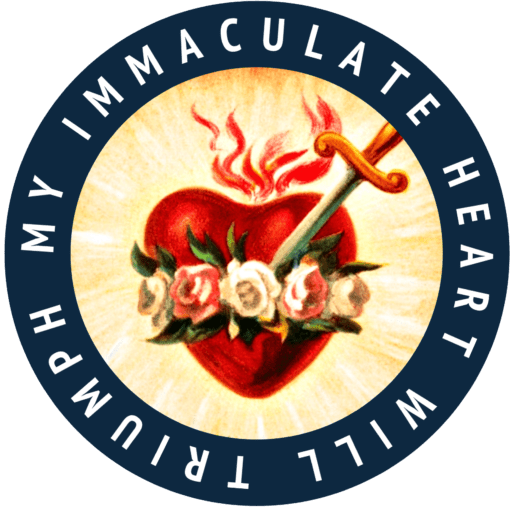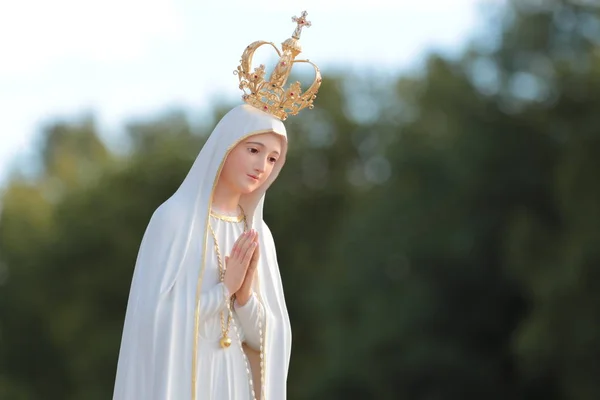The Reality of Purgatory
Almost all of us will have to pass through Purgatory to “purge” ourselves from the stains of faults committed during life. If we go to Heaven, we cannot have the slightest shadow of sin.
Even dying in the grace of God and piously receiving the last sacraments does not guarantee that we will go straight to Heaven. Such favors only happen with great saints. Based on our merits and demerits, we will all pass through a more or less long period in this place of atonement, helped by the prayers of the Church and relatives and friends. The blessed souls of Purgatory can no longer gain merits on their own to expiate for their sins but must depend entirely on aid from those on earth.
According to the teachings of Holy Mother Church, Purgatory is the place or condition of temporal punishment for those who, departing from this life in the grace of God, are not entirely free from venial faults or have not fully expiated for them before death.
Holy Mass, a Most Effective Means to Help Our Deceased
One of the most effective means we have in our hands to help our deceased is to have Masses celebrated for the souls of our relatives, friends and benefactors suffering in that place of atonement. Until recently, it was a very common practice to have masses said one week, month or year after death. This custom is sadly disappearing in our increasingly pagan world.
As the Council of Florence says, “If those truly penitent have departed in the love of God, before they have made satisfaction by worthy fruits of penance for sins of commission and omission, the souls of these are cleansed after death by purgatorial punishments; and so that they may be released from punishments of this kind, the suffrages of the living faithful are of advantage to them, namely, the sacrifices of Masses, prayers, and almsgiving, and other works of piety, which are customarily performed by the faithful for other faithful according to the institutions of the Church.”1 (Denzinger 1304).
Gregorian Masses
One ancient tradition in this sense is the so-called Gregorian Masses. It consists in having thirty Masses celebrated on consecutive days without interruption. Attached to this practice is the Gregorian Indulgence.
The origin of Gregorian Masses comes from an event at the monastery of Saint Andrew in Rome, of which Pope Saint Gregory the Great had been abbot.
The saint himself narrates this episode in his Fourth Book of Dialogues.
One monk named Justus had gathered three gold coins and kept them carefully hidden. He revealed this fault on his deathbed. What he had done was a grave violation of the community’s rule, which prescribed the spirit of poverty. To punish him in an exemplary way, the saint, who was already Pope, forbade the community to visit him and pray around him as is ordinarily done. He also ordered Justus to be buried under a dung heap with the three pieces of gold. However, since Justus had repented, the Pope did not want to deprive him of the Church’s prayers and ordered the Holy Sacrifice of the Mass to be offered for him for thirty consecutive days. After the thirtieth Mass, Justus appeared to a brother in the convent, declaring that he had just entered Heaven.
Following the example of this great Doctor of the Church, Catholics throughout the ages kept the pious custom of having thirty Masses celebrated for deceased relatives and friends. This custom is inspired by the Old Testament, when the Israelites mourned Moses for thirty days in the meadows of Moab (Deuteronomy 34: 8).
Unfortunately, this wholesome practice declined during the Protestant pseudo-Reformation and later persecutions of the Church—especially the diabolical French and Communist Revolutions, when many religious orders were expelled and persecuted. However, when order was re-established, the love of Catholics for their deceased gradually led them to resume this holy practice.
Some Norms for Gregorian Masses
The Sacred Congregation of Indulgences issued two statements on this practice, one in March 1884 and the other in August 1888. Among other things, that Sacred Congregation declared that: “The offering of Gregorian Masses is especially effective to obtain from God the speedy deliverance of a suffering soul, and that this is a pious and reasonable belief of the faithful.”
According to Church Law, Gregorian Masses can only be offered for a deceased person and not the living. They cannot be offered for several deceased souls at the same time, nor the souls of Purgatory in general. That is why priests request the deceased person’s name for the Mass intention. However, it is permissible and even praiseworthy to order more than one Gregorian Mass sets for the same deceased person.
Ordering Gregorian Masses for After our Death
As Gregorian Masses cannot be said for the living, the faithful should arrange to have them said as soon as possible after their own deaths.
In ancient times of much faith, people commonly left some money to have Masses said for their souls over a long period. Some Catholic sovereigns, such as Philip II, King of Spain, arranged for some 500 Masses to be said for his soul over the years. Others even arranged for them to be celebrated in perpetuity.
Secular priests loaded with parish responsibilities generally find it difficult to fulfill all the conditions for accepting Gregorian Masses. Thus, it is usually easier to order them from convents, monasteries or residences of retired priests who have relatively fewer pastoral obligations and can celebrate the 30 Masses without any major problems. If they get sick, they can find confreres to replace them more easily. We often see religious orders or missionaries with qualified personnel place Mass offers on the Internet. They can distribute those Masses among their members scattered throughout the world.






Leave a Reply